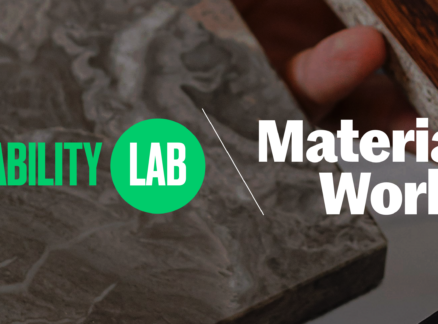May 1, 2010
The View from There
A West Hollywood gallery is designed to capture the interest of passing drivers.
As you drive east on Sunset Boulevard in the fading daylight, past the aging bastions of Los Angeles’s rock ’n’ roll heyday—all those clubs where Jim Morrison drank and dreamed—the double-height window of the new Prism gallery is an unexpected visual exclamation mark. Framed by the building’s curved ribbons of gray polycarbonate, the interior wall becomes a brightly lit billboard for art, providing a glimpse of the current exhibit to anyone on the famous thoroughfare. The gallery staff say that they especially enjoy standing behind the glass and watching drivers slow down to take in the wall. Attracting cars is appropriate for this striking building by Patterns, an L.A.-based architecture firm that has long been inspired by the region’s auto culture.
The shape of the gallery “is deeply influenced by automotive design—supple, dynamic forms, streamlined detailing, and plastic finishes,” says Marcelo Spina, who began the project in 2006 with his partner, Georgina Huljich. The contoured polycarbonate facade, developed with 3form, is the first in the United States to be made entirely from the material. “This is definitely as close as we’ve gotten to getting a building to behave materially like a car,” Spina says.
This auto-inspired design also proved to be a lure to pedestrians. “It was fundamental that we engage in public life by making the building as open as possible,” Spina says. PC Valmorbida, a young Australian photographer who runs the gallery with his business partner, Jared Najjar, an L.A. art collector, chose the West Hollywood location for both its foot traffic and its remove from the city’s traditional gallery districts, in hopes of drawing a less traditional art audience. Bucking the recent architectural trend of massive video-screen skins that attempt to project an engaging image to passersby, Patterns instead created a clean facade with an enticing form. “Producing the sensation of being drawn towards an interior was very much our aim.”
Despite its plasticity, the facade feels approachable. It’s glossy during the day and glows translucently at night, curving in on itself toward the door. “On a good day in a traditional gallery, you get maybe ten people,” Valmorbida says. “We regularly get forty a day.” The gallery’s first show, featuring work by the street artists Barry McGee and Phil Frost, definitely furthered that welcoming feeling. “We got a lot of these little punks in who were just skateboarding by,” Will Hathaway, a gallery assistant, says affectionately.
The current exhibition (through May 9) of work by the transgressive photographer Nobuyoshi Araki will doubtless draw a whole different crowd of potential art lovers. And Valmorbida plans to use the rooftop for sculptural installations that will also be visible from the street. “It will be like a beacon of art,” he says.





